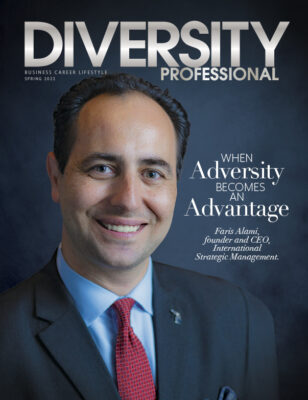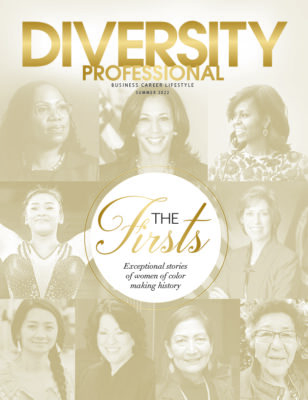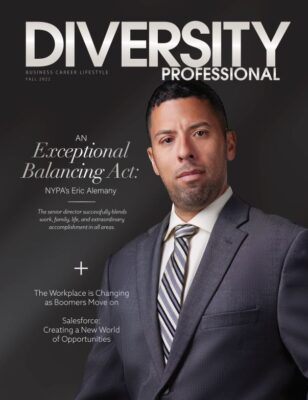False Profits: The Financial World’s Long, Slow Slog To Diversity
Things are changing, however, many believe that they’ve already changed. Once only an ideal, diversity is now often talked about in the past tense in many industries. And great strides have been made in a wide array of disciplines throughout the U.S.—with good reason. According to official projections from the U.S. Census Bureau, by 2043, whites will no longer make up a majority of the U.S. population. In fact, one in three Americans will be Hispanic; African- Americans will continue to rise in population; and the U.S. Asian population looks to double, as well. As is often said, diversity is not only a noble, equitable concept, it’s simply good business. But one business sector seems to be lagging well behind the rest—the financial industry.
The numbers are daunting. Of the 434,000 financial advisors in the U.S., fully 79 percent are white, despite already comprising 63 percent of the population. African- Americans (8.1 percent), Asians (5.7 percent) and Hispanics/Latinos (7.1 percent) comprise about 20 percent of financial advisors, even though they represent 36 percent of the entire population. When broken down by occupation within the financial sector, the numbers are no better. Only 27.7 percent of financial analysts, 26.7 percent of accountants, and 35.3 percent of tax preparers are people of color. So, even though the numbers have yet to bear it out, the business case for diversity is still compelling. But it looks like some firms are finally seeing the light.
“There is plenty of money in minority communities, though it may not be obvious to advisors who have long focused their efforts elsewhere. The wealthiest fifth of African-Americans, more than 3 million households, has an average wealth of $395,000,” explains Elizabeth MacBride in ‘A Diversity Problem,’ an article in Investment News (Dec. 14, 2015). “The wealthiest fifth of Asians, about 788,000 households, has average wealth of more than $1 million, and the top fifth of Hispanics, more than 2.1 million households, has an average wealth of more than $400,000.”
Financial Leaders are Finally Noticing
Though the pace is slow, many firms are hiring minorities to develop minority-focused practices that target specific communities. And they understand the value of reflecting the communities they look to serve. As an example of the rationale behind this new strategy, MacBride cites David Edwards, president of New York City-based Heron Financial Group who said, “Go where there’s no competition. But I have no traction in that community as an entitled white guy.”
She also cites Rick Kagawa, a Japanese-American financial advisor whose practice is 50 percent Japanese-American. “You can’t walk in being male, pale and stale. I know which house to take my shoes off in…And I know the question to ask the older generation [of Japanese Americans] is, ‘What camp were you in?’ meaning what government internment camp, during World War II.” Without question, financial experts like Herron and Kagawa understand the business case for diversity and its inherent sensitivities. But, there is another possible reason why the financial industry has dragged its feet in terms of diversity—age.
Nearly 90 percent of financial advisors over 55 are white. And generally, they hold the more powerful positions. But that, too, is changing with time. Perhaps, the greatest change is taking place in larger firms, where greater resources exist to recruit minorities. Many have also added chief diversity officers to their C-suite. Finally, a time-honored method for achieving equity has also played a role—lawsuits. For example, in 2013, Merrill Lynch paid $160 million to 700 African-American advisors in their employ for racial discrimination. And that is only one of many such suits.
Things are inevitably shifting, but many believe that they’ve already changed. Though it’s moving slowly, diversity is finally making inroads into the financial industry through the inexorable combination of profit, demographics and time.









